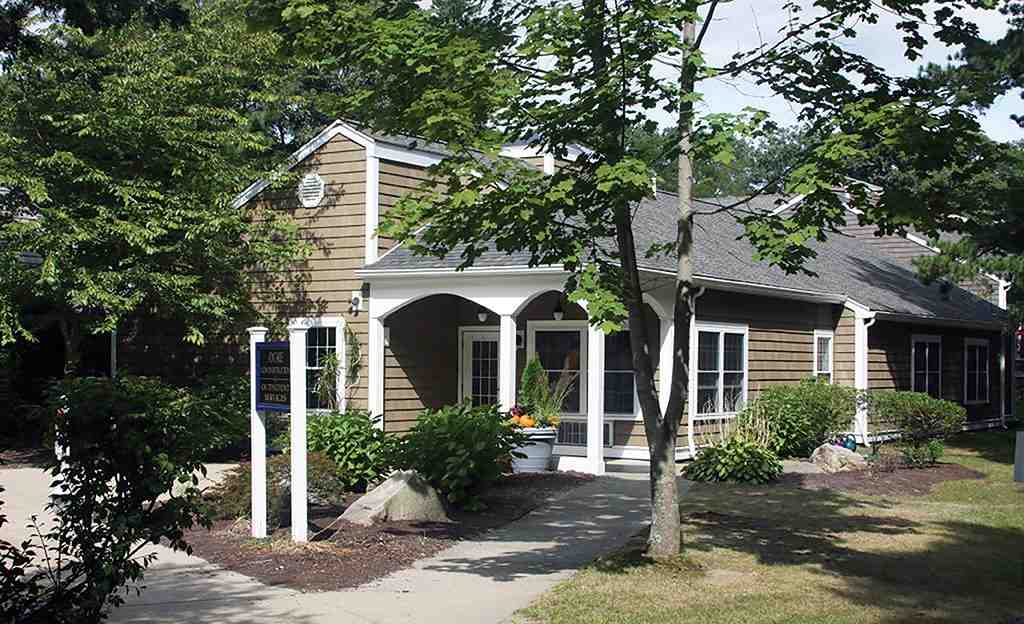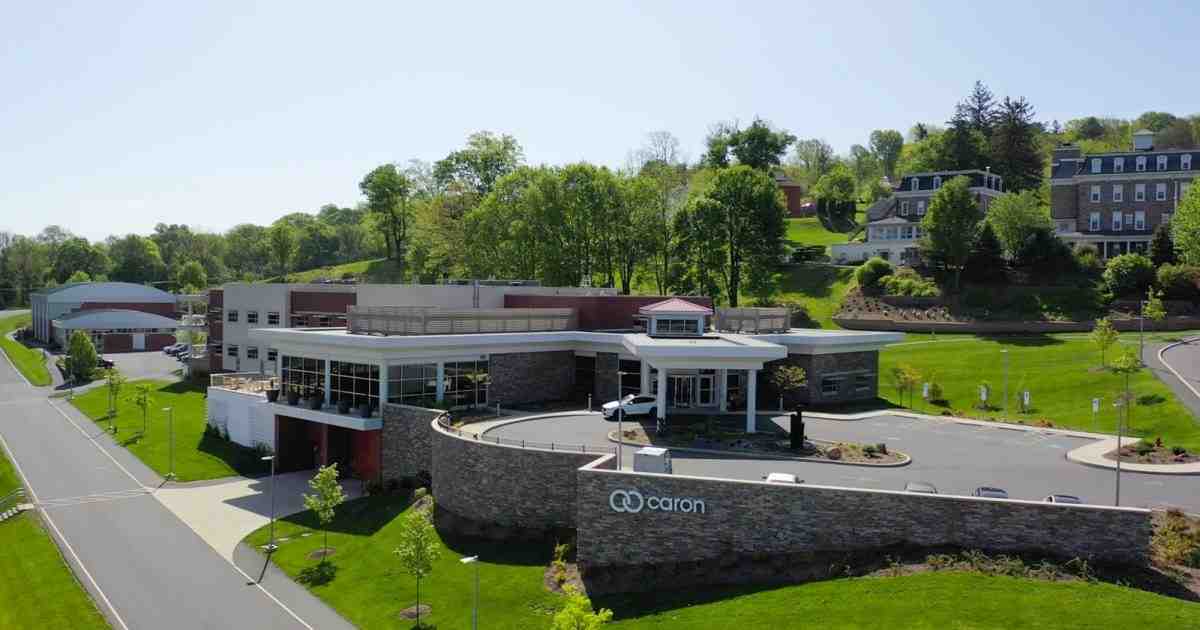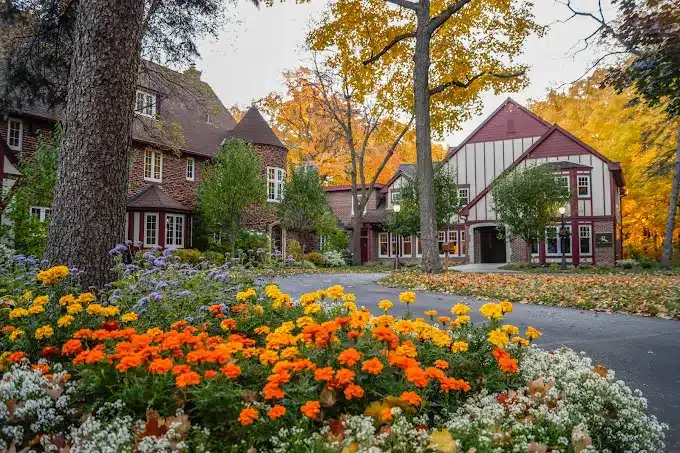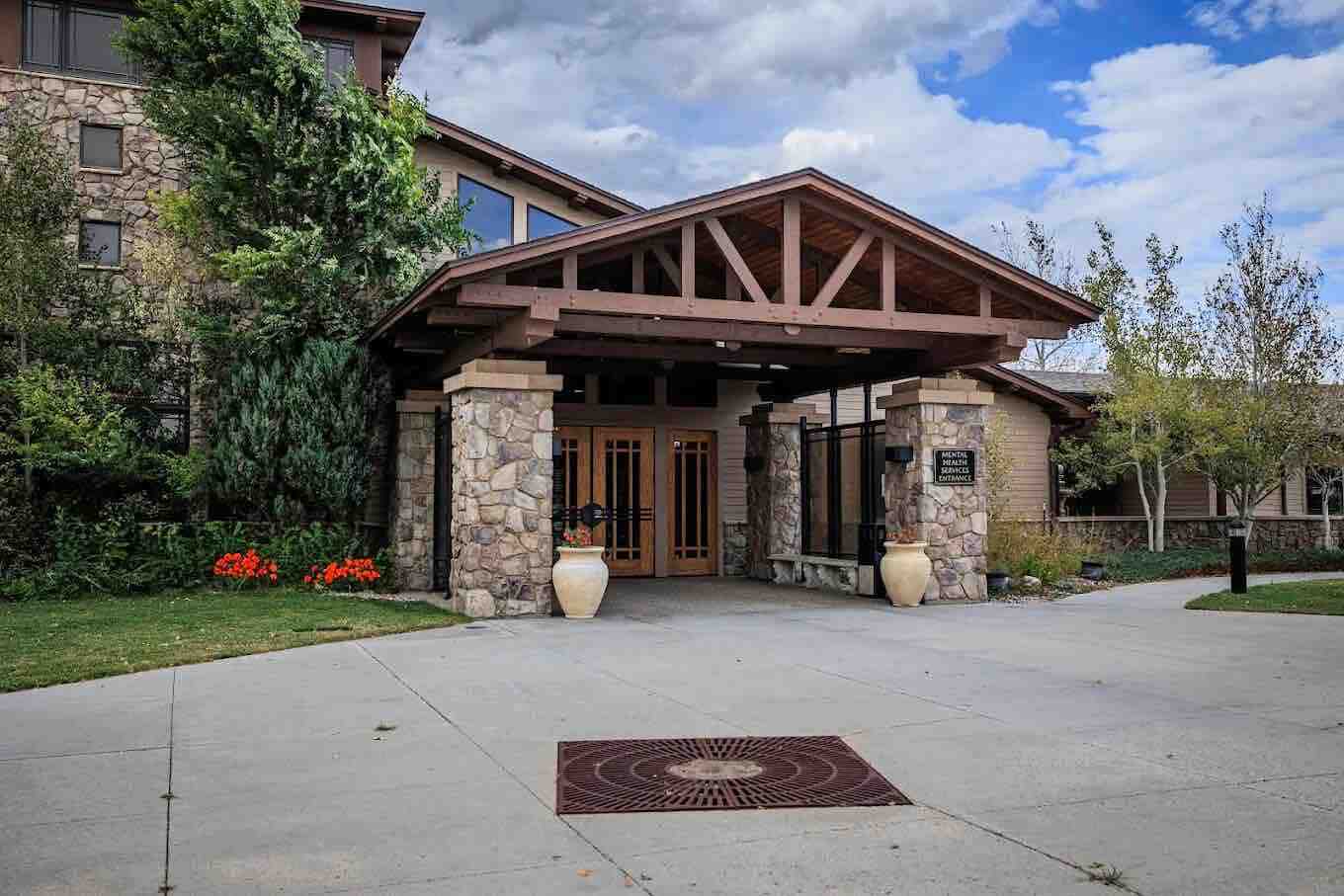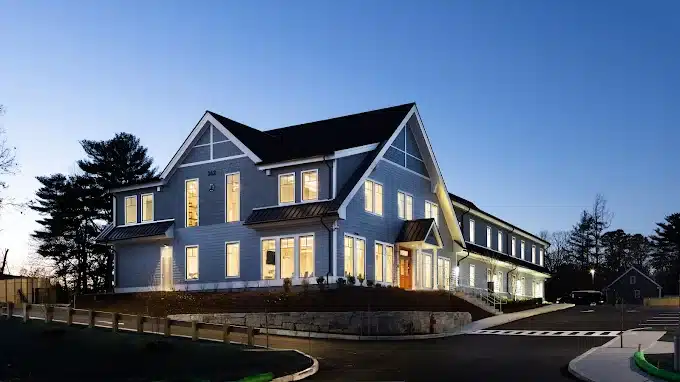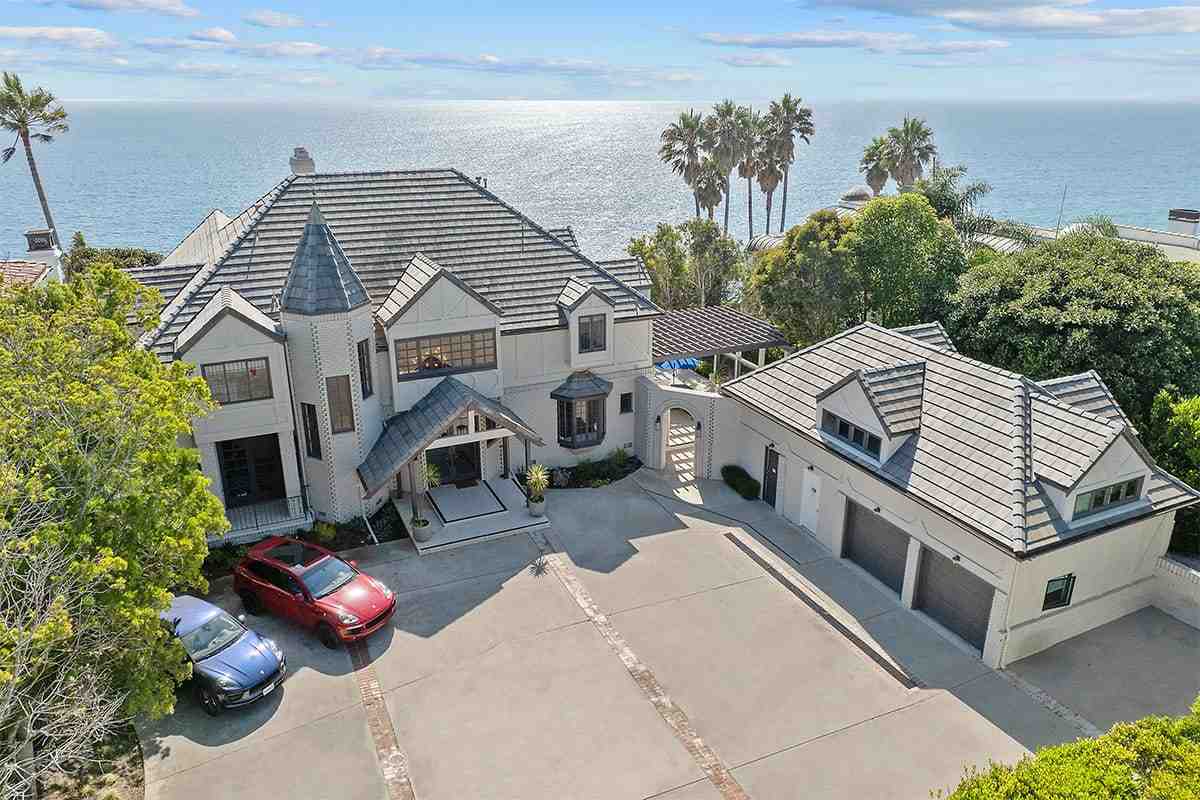
Finding Hope: Your Guide to Rehab Centers in California
Rehab centers California offer some of the most comprehensive addiction treatment options in the nation. With over 2,000 facilities, the state provides a full spectrum of care, from medical detox to luxury residential programs, and many accept major insurance providers.
Quick Overview of California Rehab Centers:
- Number of facilities: 2,015+ drug and alcohol rehab centers statewide
- Treatment types available: Medical detox, residential/inpatient, outpatient (IOP/PHP), sober living
- Average costs: $1,000-$1,500 for outpatient detox; $6,000-$20,000 for 30-day inpatient programs
- Insurance acceptance: 80 centers accept Blue Cross Blue Shield, 79 accept Aetna, 69 accept Cigna
- Specializations: Dual diagnosis, holistic therapies, 12-step alternatives, LGBTQ+ programs, luxury amenities
- Top-rated centers: Include AToN Center (4.6 stars), California Behavioral Health (4.8 stars), and Luxe Recovery (5.0 stars)
Finding the right treatment can feel overwhelming, but California offers a proven pathway to recovery. Its centers provide evidence-based care, experienced professionals, and diverse philosophies to match any individual’s needs.
This isn’t just about getting clean. It’s about rebuilding your life.
Different people need different approaches. Some require intensive medical detox, while others benefit from residential programs that remove them from triggering environments. Many find success in flexible outpatient programs. California excels at offering this full continuum of care, from affordable state-funded options to high-end luxury facilities.
What matters most is finding a center that aligns with your specific needs, budget, and recovery goals. Since approximately 50% of people with substance use disorders also have co-occurring mental health conditions, many California facilities specialize in dual diagnosis treatment—addressing both issues simultaneously.
At Addiction Helpline America, we connect individuals with quality rehab centers across California. Our mission is to cut through the confusion and help you find a rehab center in California that offers the right combination of treatment, staff, and support for lasting recovery.
This guide breaks down everything you need to know—from treatment levels to costs and insurance—so you can make an informed decision and take that crucial first step toward healing.

Simple Rehab centers California glossary:
- how to find rehab programs that accept insurance
- Drug treatment options
- how to find the right rehab center
Understanding the Landscape of Addiction Treatment in California
California is a national leader in addiction treatment, offering a range of programs to meet people where they are. Understanding this continuum of care can help you make a confident, informed decision. Treatment is a pathway that can start with intensive medical support and gradually transition to more independent living with ongoing support.

Types of Addiction Treatment Programs
When exploring rehab centers California, you’ll find several program types, each with a different intensity of care.
- Medical detox is a medically supervised withdrawal process to ensure safety and manage discomfort, often the first step for severe addictions.
- Inpatient or residential care provides 24/7 support in a substance-free environment for 30-90 days, allowing for total immersion in recovery.
- Partial Hospitalization Programs (PHP), or day treatment, offer intensive therapy during the day while you return home or to a sober living environment at night.
- Intensive Outpatient Programs (IOP) provide structured support with fewer hours than PHP, allowing you to maintain work or family commitments. You can learn more info about Outpatient Treatment to see if this fits your needs.
- Standard outpatient treatment is the least intensive option, often involving weekly therapy, and works well as a step-down or for less severe addictions.
- Sober living homes are supportive, substance-free residences that bridge the gap between treatment and independent life.
- Aftercare is the ongoing support that follows formal treatment, including support groups and alumni programs, to help prevent relapse.
The Critical Role of Medical Detox
Medical detox is about safely and comfortably withdrawing from substances under professional supervision. For substances like alcohol, opioids, and benzodiazepines, withdrawal can be dangerous or even life-threatening, causing symptoms like seizures or extreme anxiety. Medical staff monitor vital signs and can administer medications to alleviate severe symptoms, ensuring patient safety.
Medically-Assisted Treatment (MAT) uses specific medications to ease cravings and withdrawal, significantly increasing the chances of long-term success. This isn’t replacing one drug with another; it’s using proven medical tools to help the brain and body heal. Medical detox provides a safe, supervised first step toward breaking the cycle of addiction. You can learn more info about a detox center to understand what this process involves.
What is Dual Diagnosis and Why is it Important?
Addiction rarely exists in a vacuum. When a substance use disorder is intertwined with a mental health condition like depression, anxiety, or PTSD, it’s called a dual diagnosis or co-occurring disorder. These conditions often feed off each other in a destructive cycle.
Critically, both conditions need to be treated simultaneously through integrated care. Treating only the addiction often leads to relapse if the underlying mental health issue isn’t addressed, and vice versa. According to the National Institute of Mental Health, approximately 50% of people with substance use disorders also have a co-occurring mental health disorder.
Many rehab centers California specialize in dual diagnosis, employing professionals trained in both addiction and mental health. While this integrated care can be more intensive and costly—around $20,000 for a 30-day inpatient program—it is often essential for achieving lasting recovery and building a life worth living.
How to Choose from the Best Rehab Centers in California
With over 2,000 options, choosing the right rehab center in California requires knowing what to look for. Not all centers are created equal, and the right choice can make all the difference.
First, check for credentials. Accreditation from The Joint Commission or CARF (Commission on Accreditation of Rehabilitation Facilities) proves a facility meets rigorous national standards for quality care and patient safety. State licensing is non-negotiable. Every legitimate rehab in California must be licensed by the California Department of Health Care Services (DHCS) or the Department of Public Health, confirming they meet state-mandated standards. You can check licenses with the Department of Public Health and the Department of Health Care Services.
Beyond paperwork, ask about staff credentials and experience. A center is only as good as its clinical team. It’s also important to understand a center’s treatment philosophy. Whether it’s 12-step, non-12-step, or holistic, finding an approach that resonates with you is key. If you’re exploring options in Southern California, you can find more info about finding a rehab in San Diego.
Key Factors to Consider When Choosing a Rehab
Once you’ve confirmed a center’s quality standards, consider the personal details that will impact your success.
- Location and environment: California offers everything from oceanfront properties to mountain retreats. Consider whether you need distance from triggers or proximity to family support.
- Program length: While 30-day programs are common, research shows longer treatment yields better outcomes. 60- or 90-day programs, though more expensive ($12,000 to $60,000), provide more time to build coping skills.
- Staff-to-client ratio: A lower ratio means more individual attention and a customized treatment plan.
- Aftercare planning: The best centers prepare you for life after treatment with referrals to sober living, ongoing therapy, and alumni programs. A solid aftercare plan is crucial for preventing relapse.
Evidence-Based and Unique Therapeutic Approaches
The most effective rehab centers in California combine proven, evidence-based treatments with innovative approaches.
- Cognitive Behavioral Therapy (CBT) is a gold standard that helps you identify and change the negative thought patterns that drive substance use.
- Dialectical Behavior Therapy (DBT) is especially helpful for dual diagnosis, teaching skills in mindfulness, distress tolerance, emotional regulation, and interpersonal effectiveness.
- Holistic therapies like yoga, meditation, acupuncture, and nutrition counseling address the whole person—mind, body, and spirit.
- Experiential therapy offers powerful breakthroughs through activities like equine therapy, surf therapy, or art therapy.
- 12-step and alternative programs: Many centers incorporate 12-step principles, while others offer alternatives like SMART Recovery or secular programs. The best treatment respects your beliefs.
The Benefits of Choosing a High-Quality Rehab Center in California
High-quality rehab centers California offers create an environment where healing can truly happen.
Comfortable amenities like private rooms, nutritious meals, and fitness centers remove barriers to healing, allowing you to focus on recovery. Privacy and discretion are also paramount, especially for professionals who need confidentiality. Perhaps the most valuable benefit is individualized attention, where therapists craft a treatment plan specifically for you.
Finally, California’s serene natural settings provide a calming backdrop that improves healing by helping you disconnect from daily stressors. If you’re considering an exclusive recovery experience, you can learn more info about a featured California center to see what’s possible.
Detailed Reviews of Top-Rated Rehab Centers in California
To help you steer the many rehab centers California has, we’ve curated a list of top-rated facilities based on patient ratings, accreditations, and unique programs. These centers consistently provide exceptional care and deliver on their promises.

1. Lift Addiction Services – Seascape Recovery Center
With 4.8 stars (293 reviews), Seascape Recovery Center stands out for its non-12-step, evidence-based approach. It integrates physical wellness, mental health, and life skills in a beautiful, therapeutic setting that promotes healing.
2. AToN Center
Earning 4.6 stars (65 reviews), this luxury San Diego center offers alternatives to 12-step programs. AToN provides an best level of individual attention, with five individual therapy sessions and three holistic treatment sessions per week. It accepts most PPO insurance plans.
3. Luxe Recovery
With a perfect 5.0-star rating (120 reviews), Luxe Recovery delivers comprehensive treatment in a luxurious setting. It often caters to executive programs, providing a high-end, comfortable environment for professionals in the Los Angeles area.
4. California Behavioral Health
This center earns 4.8 stars (120 reviews) and is noted for its welcoming atmosphere and excellence in dual diagnosis treatment. Its evidence-based care is delivered with genuine compassion, empowering individuals to break addictive behaviors.
5. Seasons in Malibu
With 4.5 stars (62 reviews), Seasons in Malibu offers a beachfront location with resort-style amenities. This CARF-accredited center incorporates a wide range of holistic and alternative therapies, taking full advantage of its luxury wellness setting.
6. Duffy’s Napa Valley Rehab
Duffy’s brings 4.0 stars (61 reviews) and the unique, serene setting of Napa Valley. It is distinguished by its strong family program, recognizing that addiction affects the entire family and emphasizing healing together.
7. Villa Kali Ma Women’s Recovery Centers
With 4.5 stars (22 reviews), Villa Kali Ma provides a safe, supportive environment exclusively for women. Its holistic, trauma-informed care addresses the unique challenges women face in addiction and recovery.
8. Bayside Marin
Bayside Marin holds 4.0 stars (61 reviews) and specializes in executive and professional programs. This CARF-accredited center provides comprehensive care for both addiction and co-occurring mental health issues, understanding the unique pressures professionals face.
9. Ocean Ridge Treatment and Recovery
Ocean Ridge shines with 4.9 stars (102 reviews) and is highly rated for patient satisfaction. Reviews consistently highlight the supportive staff and individualized treatment plans that reflect each person’s unique path to recovery.
10. Vanity Wellness Center
Earning 4.9 stars (116 reviews), Vanity Wellness Center is highly rated for its detox services and compassionate staff. Its modern facility provides a comfortable and effective environment for stabilization and early treatment.
Navigating the Cost of Rehab and Insurance Coverage
Cost is a major consideration, but it’s important to view rehab as an investment in your future, not just an expense. The true cost of untreated addiction—in lost jobs, broken relationships, and declining health—is far greater. For perspective, a daily drinking habit can cost thousands per year, not including related legal or medical bills.
| Level of Care | Average Cost in California |
|---|---|
| Medical Detox | $1,000 – $1,500 (total) |
| 30-Day Inpatient | $6,000 – $20,000 |
| 3-Month Outpatient | $5,000 (total) |
| Year-long Methadone | $4,700 (total) |
Factors Influencing the Cost of Treatment
Several factors affect the price of treatment:
- Level of care: Medical detox and inpatient programs cost more due to 24/7 medical supervision and housing.
- Program length: A 60- or 90-day program can cost $12,000 to $60,000, but longer stays often lead to better outcomes.
- Location: Facilities in prime locations like Malibu tend to be pricier.
- Amenities: Luxury rehabs with private rooms, gourmet meals, and spa services can range from $30,000 to $100,000 for a 30-day stay.
- Type of center: Non-profit or state-funded centers are less expensive but may have waiting lists, while private centers offer more immediate access.
Using Insurance to Pay for Rehab in California
The good news is that insurance coverage for addiction treatment has expanded significantly. Most major health insurance providers, including private plans, Medicaid/Medicare, and TRICARE, now cover a substantial portion of substance use and mental health treatment.
Understanding in-network versus out-of-network benefits is crucial, as in-network facilities will have lower out-of-pocket costs. Many rehab centers California accept both. Verifying your benefits before committing is essential. Most facilities will help you steer this process.
Our research shows that California rehabs widely accept major insurance providers, including:
- Blue Cross Blue Shield and Anthem (80 centers)
- Aetna (79 centers)
- Cigna (69 centers)
- United Healthcare (59 centers)
- Carelon Behavioral Health (50 centers)
- Optum (49 centers)
- Humana (41 centers)
At Addiction Helpline America, we can help you verify your insurance coverage and understand your options.
Free and Low-Income Treatment Options in California
Money should never be a barrier to getting help. If you’re worried about cost, California offers several pathways to care.
State-funded programs provide affordable treatment through government agencies. The California Department of Health Care Services (DHCS) oversees programs like Drug Medi-Cal, which helps individuals with Medicaid access services. Additionally, many non-profit organizations and some private rehabs offer grants, scholarships, and sliding-scale fees based on your income.
Local county agencies can also connect you with resources, such as the OC Health Care Agency in Santa Ana. You can learn more info on a county agency. Don’t let cost keep you from reaching out—options exist.
Frequently Asked Questions about Rehab Centers in California
It’s natural to have questions when considering treatment. Here are answers to some of the most common concerns we hear.
How do I know if I or a loved one needs professional addiction treatment?
Recognizing the need for help is the first step. Key signs include:
- Tolerance and Withdrawal: Needing more of a substance to get the same effect or feeling sick when you try to stop.
- Loss of Control: Using more than intended or being unable to quit despite wanting to.
- Negative Consequences: Facing problems at work, in relationships, or with your health due to substance use.
- Continued Use Despite Harm: Knowing the substance is causing problems but being unable to stop.
- Neglecting Responsibilities: Spending excessive time obtaining, using, or recovering from the substance, while letting other parts of life slide.
If these signs sound familiar, reaching out for help is a sign of strength. Our care navigators at Addiction Helpline America can help you assess the situation and find the right rehab centers California offers.
How long does rehab in California typically last?
Treatment duration is custom to your specific needs. Here are some general timelines:
- Medical detox typically lasts 3 to 10 days, providing safe, medically supervised withdrawal.
- Short-term residential programs are often 30 days. They provide a solid foundation in recovery skills.
- Long-term residential programs of 60 to 90 days are often recommended for more severe or long-term addiction, as they provide more time to heal and practice new skills.
- Outpatient programs (IOP/PHP) can run for 3 to 6 months or longer, offering flexibility while you maintain daily responsibilities.
Recovery is a lifelong journey. Aftercare—including support groups, counseling, and sober living—is a critical component that continues long after formal treatment ends to support lasting sobriety.
How can families support a loved one in recovery?
Families can be powerful allies in recovery. Here’s how you can help:
- Participate in family therapy. Many rehab centers California offer family programs to help heal relationships, improve communication, and set boundaries. Many top centers offer these programs, some even virtually.
- Attend support groups. Al-Anon and Nar-Anon provide a space for families to connect with others who understand what they’re going through.
- Offer encouragement. Celebrate small victories and express your confidence in their ability to recover. Positive reinforcement is a powerful motivator.
- Set healthy boundaries. This isn’t about punishment; it’s about protecting your own well-being and allowing your loved one to face the natural consequences of their actions. This may mean refusing to provide money or make excuses for them.
- Avoid enabling behaviors. Enabling is any action that protects your loved one from the consequences of their addiction. Family therapy can help you distinguish between helping and enabling.
- Educate yourself. Understanding addiction as a disease will help you respond with compassion instead of frustration.
With the right support, families can heal and grow stronger through the recovery process. If you need guidance, Addiction Helpline America is here for your entire family.
Conclusion: Take the First Step Towards Recovery in California
You’ve already taken a crucial step by seeking information. Whether for yourself or a loved one, you are considering a path toward change.

California’s recovery landscape is vast, offering everything from medical detox and dual diagnosis treatment to holistic therapies in serene settings. With over 2,000 facilities, there is a program that fits your unique needs.
We’ve covered the levels of care, how to choose a quality center, and how to steer costs and insurance. While the financial side can seem daunting, options are available through insurance, state-funded programs, and other forms of aid.
Recovery is achievable. Millions have walked this path, and it often starts with getting the right help.
At Addiction Helpline America, we have deep knowledge of the treatment centers across California. Our guidance is free, confidential, and personalized. We’re here to eliminate the stress of finding the right program.
You don’t have to do this alone. We can answer your questions, verify your insurance, and connect you with a rehab center in California that aligns with your goals. The life you want, free from addiction, is waiting.
Find a rehab center in California that fits your needs today.
Our helpline is 100%
free & confidential
If you or someone you care about is struggling with drug or alcohol addiction, we can help you explore your recovery options. Don’t face this challenge alone—seek support from us.
Programs
Resources
Will my insurance
cover addiction
treatment?
We're ready to help
Find the best
drug or alcohol treatment
center
Are you or a loved one struggling with addiction? Call today to speak to a treatment expert.




